How not to kill a houseplant?
25/01/2023 2023-01-25 18:45How not to kill a houseplant?
Mother-in-law’s tongue – Let’s begin with a fun little plant with a curious name. Mother-in-law’s plant, also called snake plant, is a yellow-tipped succulent that releases oxygen at night. It is known to be one of the best indoor plants for filtering the air of formaldehyde, xylene, benzene, toluene, and trichloroethylene. Better air quality and better sleep.
How not to kill your mother-in-law’s tongue?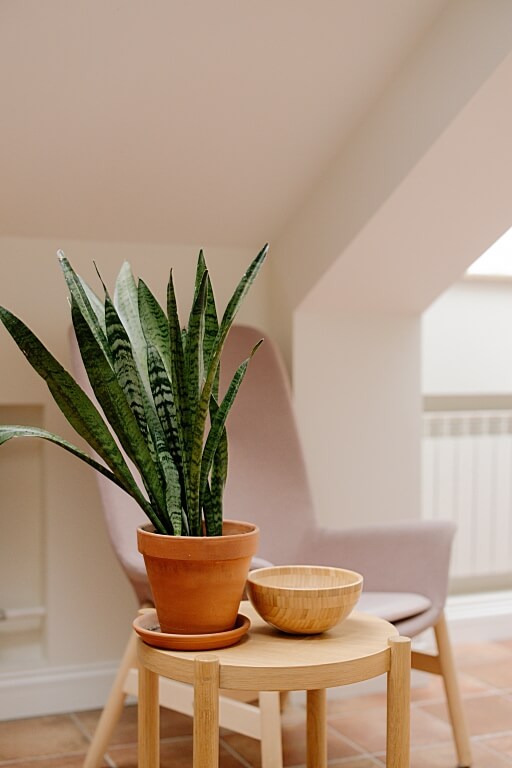
Although it sounds like something you might want to do. It is a plant. Let’s learn to care for a snake plant. You can place it in the living room or bedroom, anywhere that receives some minimal sunlight, it doesn’t necessarily need direct sunlight all day. Careful not to overwater it. Excess moisture in the soil tends to kill the root. So, keep it simple. My advice – use a small spray bottle to lightly spray the dry soil and its leaves with some water once or twice a day.
Spider plant – The spiderettes is a spry little houseplant that can stay indoors with minimal care and attention. The indoor plant is highly resilient and stays alive even in the most adverse of conditions. It helps purify air by battling toxins including Carbon monoxide and Xylene. The happy little plant is a perfect choice for households that house overly curious pets. The plant is not toxic to animals.
How not to kill the spider plant?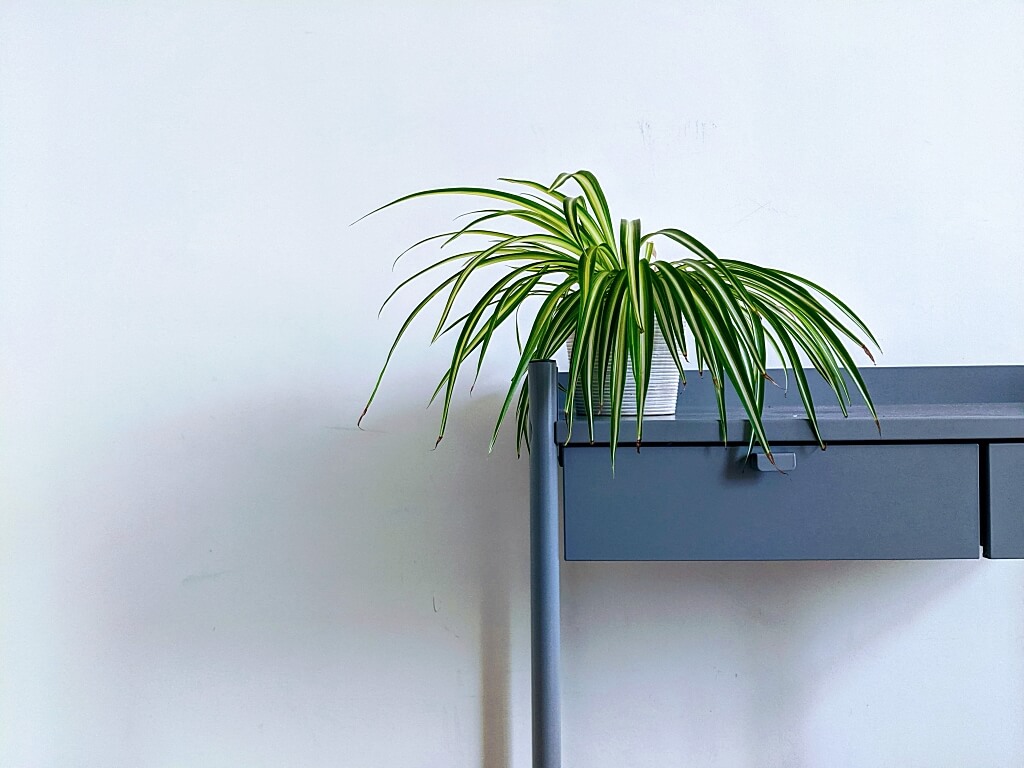
The spider plant is a tough and robust little plant that can thrive in adverse conditions. The little spiderettes can be repotted to grow more of this fun and sprightly plant that helps purify the air in your home.
Weeping Fig – This pretty houseplant has the most unfortunate name. But it’s anything but weepy. It looks more like a little version of a full grown tree. The dainty tree-like plant makes for a good indoor plant. This plant can help reduce levels of formaldehyde, xylene, and toluene in the air.
How not to kill a Weeping Fig?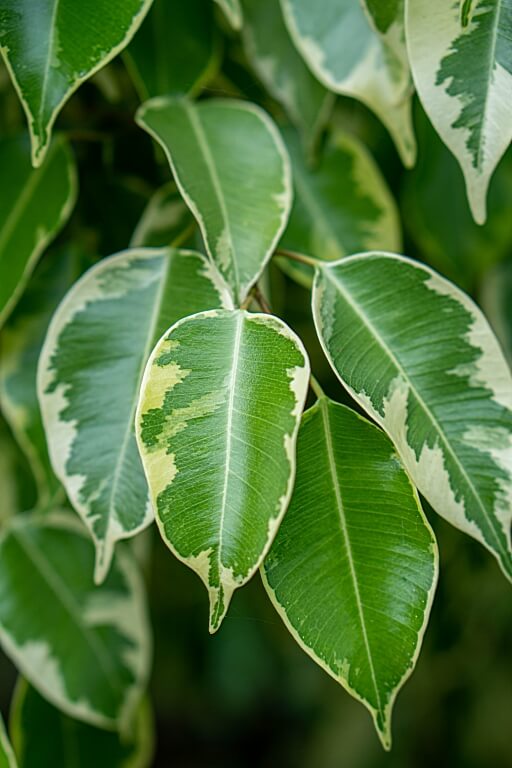
Weeping Fig is a fairly fussy plant that doesn’t respond well to change. Keep your plant in bright, indirect light away from drafts. This plant will live and thrive in your home as a trusty purifier for many years to come and won’t let you weep over pollution.
Peace lily – This pretty lady of the house has a calm and quaint presence. The blooms are white, dainty and elegant which makes it a lovely addition to your living space. It can stay alive with short dry spells but the leaves will begin to show strain by turning brown if not cared for regularly. The peace lily houseplant helps purify harmful compounds in the air and brightens up the place with its blooms. Also, please note the peace lily plant is poisonous to cats and dogs. So, if you have a pet at home please avoid risking the presence of this plant at home.
How not to kill the peace lily?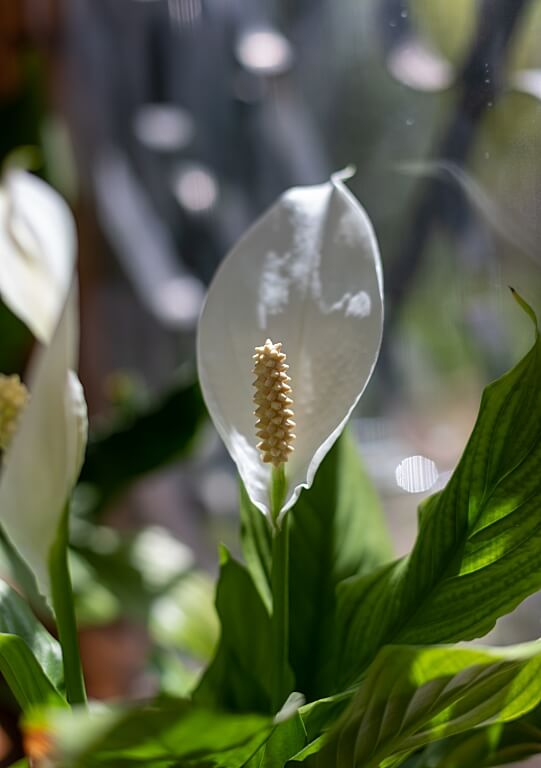
Well, the dainty lady of the house is of course a high maintenance one. The soil needs to be consistently kept moist. Make sure to place the potted plant near bright indirect sunlight.
Croton – It’s an oldie but a Goldie. The old school favourite is an absolute classic. The colourful foliage and a wide variety of leaf forms makes it the irresistible choice for an indoor plant. The plant also filters harmful toxins out of the air purifying it.
How not to kill the Croton?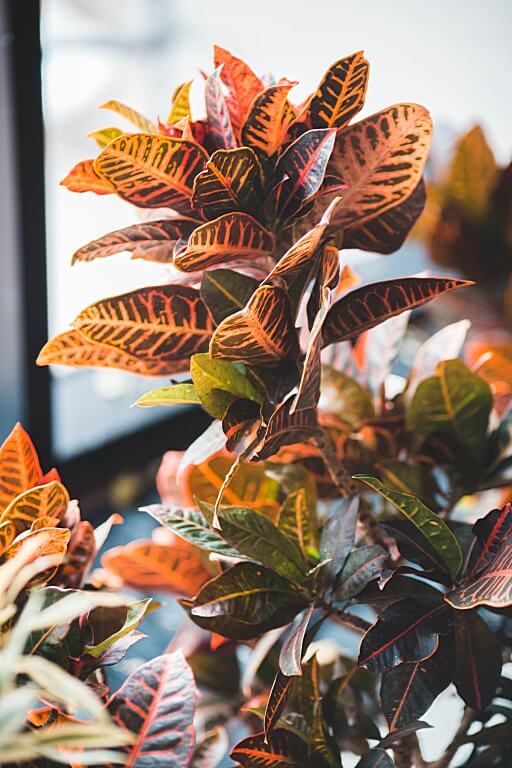
The colour foliage does not stay alive with the least amount of care. They need care and attention to thrive. Ensure to water the plants regularly but over watering can cause root rot.













